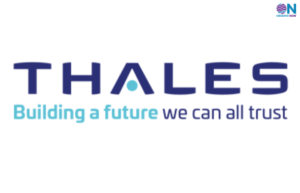AI Breakthrough: OpenAI’s o3 Model Achieves Human-Level Performance on General Intelligence Test

OpenAI’s latest artificial intelligence (AI) system, o3, has marked a significant milestone in the race toward artificial general intelligence (AGI). On December 20, the o3 model achieved a groundbreaking 85% score on the ARC-AGI benchmark, surpassing the previous AI record of 55% and matching the average human performance. The system also excelled in tackling an advanced mathematics test, showcasing its adaptability to complex challenges.
The ARC-AGI benchmark evaluates an AI system’s ability to generalize and adapt to novel problems with limited data, a capability central to intelligence. Unlike models like GPT-4, which rely on vast datasets and struggle with uncommon tasks, o3 demonstrated remarkable “sample efficiency,” learning and solving new problems from minimal examples.
This development is seen by many experts as a major step toward AGI, the ultimate goal for leading AI research labs. Francois Chollet, the creator of the ARC-AGI benchmark, suggests that o3 employs a strategy of exploring multiple “chains of thought” to solve tasks, akin to how Google’s AlphaGo mastered the game of Go.
Despite the breakthrough, skepticism persists. Critics argue that o3’s success might result more from specialized training for the ARC-AGI test rather than a leap in its underlying intelligence. OpenAI has disclosed limited details about o3’s architecture and functioning, leaving many questions unanswered.
The potential impact of o3 is profound. If its adaptability proves comparable to human intelligence, it could revolutionize industries and accelerate technological advancements. However, its success also raises concerns about governance and the need for new benchmarks to evaluate AGI.
For now, the release of o3 to a broader audience will determine whether this achievement signals the dawn of AGI or remains an impressive yet incremental step in AI development.
















